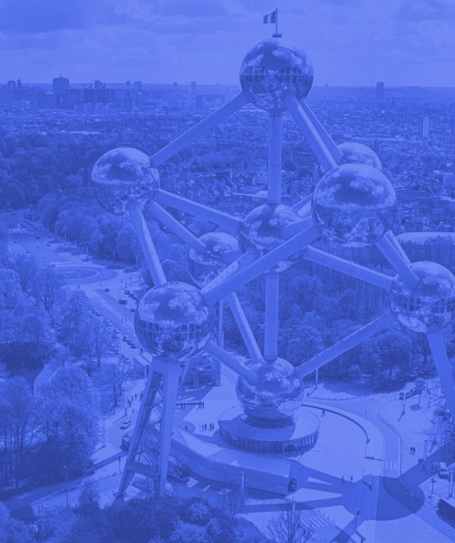by Henry McNeil
I read a great comment from Valerie Combs, Senior VP and Head of Communications at IAC – “What becomes clear is the realization that a successful deal hinges on uniting and inspiring people around a common goal.” IAC is a leading tech and media company comprised of 150+ brands, parent to Tinder, HomeAdvisor, Angie's List and Vimeo.
It got me thinking – How do we unite and inspire people around this common goal during a time of uncertainty, due diligence, integration planning and synergy delivery? I have used these building blocks to keep people engaged though this unsettling time.
- Define and communicate the acquisition rationale: The ‘why’ statement. How many times have you heard someone say, ‘it’s not clear to me why we bought that company?’. If your people do not understand the rationale, it will be a big challenge to get them to buy in to the integration activities. There appears to be a senior management assumption that the acquisition rationale is apparent to everyone. Communications are so important at this time.
- Deal continuity can break down between the separate deal team and integration team. Vital deal knowledge and rationale is lost as the deal team moves on to its next target without taking the time to hand over to the integration team. The deal team will be focused on their next target unhindered by worries about the integration complexities. Instead, think of M&A is a continuum, not separated by different teams. Treat due diligence as early integration planning and get the Integration Manager on board as early as possible so they can help to define the rationale, synergies and communications as the centrepiece of the overall process. As part of due diligence, make sure you understand the architectures, what it will take to integrate them and the tools available to help you.
- It’s all about people and culture throughout the end-to-end process. It’s easy to focus on the ‘hard’ facts like finance and legal, but it is the soft issues, such as people and culture that come back to bite you. A recent survey by M&A Partners stated “77% of acquirers considered themselves poor, very poor or average at effectively managing people and culture issues during M&A.” It seems to me that pre-acquisition cultural assessment is still too rarely used and, as many cultural issues are a source of M&A failure, you would think by now this would be a standard feature in the due diligence check list.
- Avoid the brain-drain. Especially in tech companies where there are some very valuable people, these need to be managed, guided and reassured throughout the process. Your competitors will be aware of the acquisition once it is announced and you can expect them to sow the seeds of doubt into your brightest and best personnel.
- Prioritise quick wins to gain credibility. Targeting quick wins, no matter how small and trivial, are good indications to show how well the two previously separate teams are working together. Communicate their success to gain credibility and start to allay the concerns of those less supportive.
- Don’t drop the synergy ball. All business functions will be relying on IT to help them to deliver their integration synergies, both internal cost savings and additional revenues raised from integrated products and services. A clear, prioritised plan for the IT team is essential to manage this broad range of expectations with the business.
- Address duplication as an inspirational goal. People like challenges and one of the more complex ones is application rationalisation. While tools are becoming available, set the development team a challenge to identify a way to streamline your software base. Especially after a few acquisitions, you will find duplicated functions such as customer databases and services such as authentication ripe for rationalisation. It may be the time to consider moving to a microservices model.
- Categorise everything. All software companies I have worked for have developed their specialised applications using different platforms. We have found by developing consistent application architecture models we can categorise the components of these models (such as applications, components, libraries and data stores) with functions and data types to show duplications and uniqueness. For example, you should be able to identify the multiple areas where authentication or managing client data takes place, but the unique “secret sauce” of the products and services can be ring-fenced for its uniqueness and intellectual property.
The takeaway here is to involve people throughout post-acquisition integration. No one should feel left out. Some will be proactively involved in exciting integrated developments, others will remain in business-as-usual, but all should be interested in the progress and future opportunities the acquisition should bring.
Author: Henry McNeill:
To keep up with the latest innovations in post-acquisition integration, please contact Henry McNeill at henry@computerbright.co.uk.
Henry has held board-level and senior execution roles during major, post-acquisition projects. Focused on technology and data driven businesses, Henry provides advisory and M&A services to companies embarking on their first or fiftieth acquisition. He has developed a range of tools and techniques to ensure value is captured and increased post-sale.







